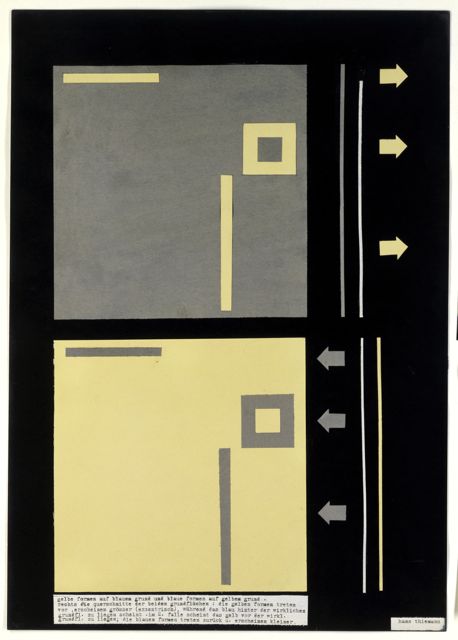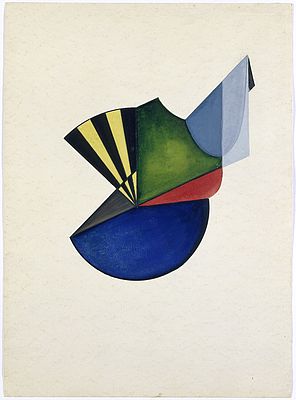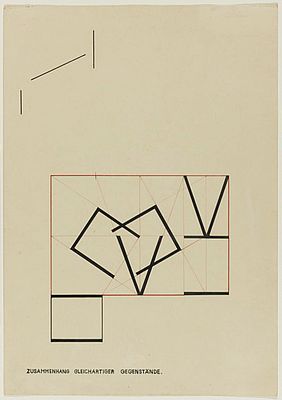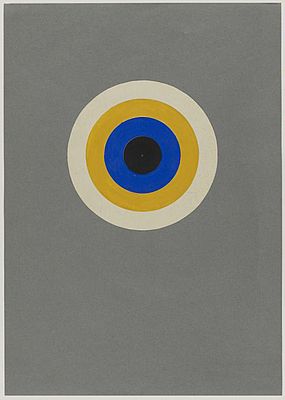Elementals
1922–1933
The relationship between colours and shapes played a pivotal role in Kandinsky’s ideas and the way he taught art. The assigment of the primary colours to basic geometrical forms derived from Kandinsky's colour and form theory.
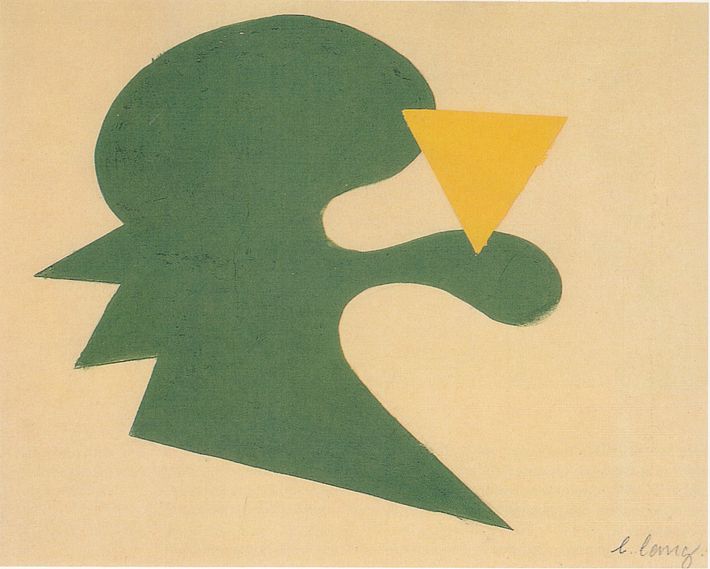
Headline
Kandinsky was one of the most influential Bauhaus masters. After Johannes Itten’s departure, he served as the assistant Bauhaus director until 1933. Due to his distinctive form and colour theory, his lessons at the Bauhaus were especially significant.
In the summer of 1922, the Russian painter Wassily Kandinsky was appointed to the Bauhaus. He remained a member of the teaching staff until 1933. Kandinsky was head of the wall painting workshop in Weimar until 1925. This is where he taught form theory – which included an expansive colour theory – within the scope of the preliminary course. His elementary classes in Dessau included analytical drawing, abstract form elements and the colours seminar.
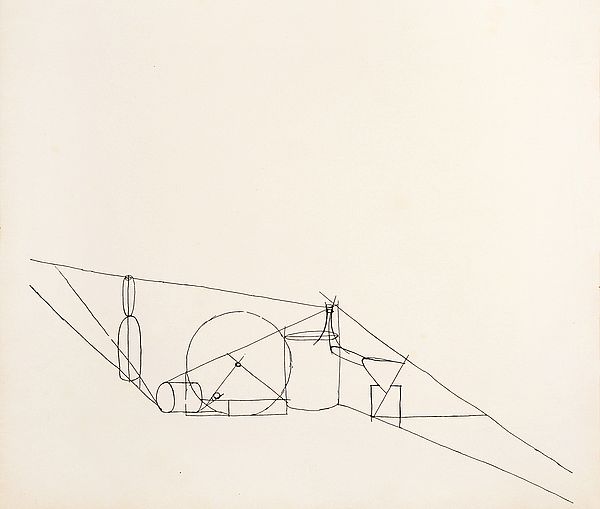
Headline
Kandinsky‘s colour seminar was part of the introduction to the ‘abstract form elements’ class and even influenced the Bauhaus through the activities of the workshops and the architecture department. The relationship of colour to form was of central significance to Kandinsky’s thinking. The Bauhaus’s characteristic assignment of the three primary colours red, yellow and blue to the square, triangle and circle was based on a survey that Kandinsky carried out at the Bauhaus Weimar. The majority of the respondents agreed with his line of reasoning. However, there were also critics, such as Oskar Schlemmer. This supposedly empirically supported colour-form classification system, which quickly became a trademark of the Bauhaus, is still popular today.
Kandinsky‘s colour theory by no means followed purely scientific considerations, even though he was familiar with many approaches that did, including those of the chemist and Nobel Prize winner Wilhelm Ostwald. Instead, the findings that he presented as scientific were acquired through introspection. He led his students through various classification systems, but demonstrated their relativity at the same time. He had already developed his own theory of colour in his early essay ‘Concerning the Spiritual in Art’ (1911), where he, inspired by Goethe’s observations on the psychology of colours, set down a colour theory based on synaesthetics.
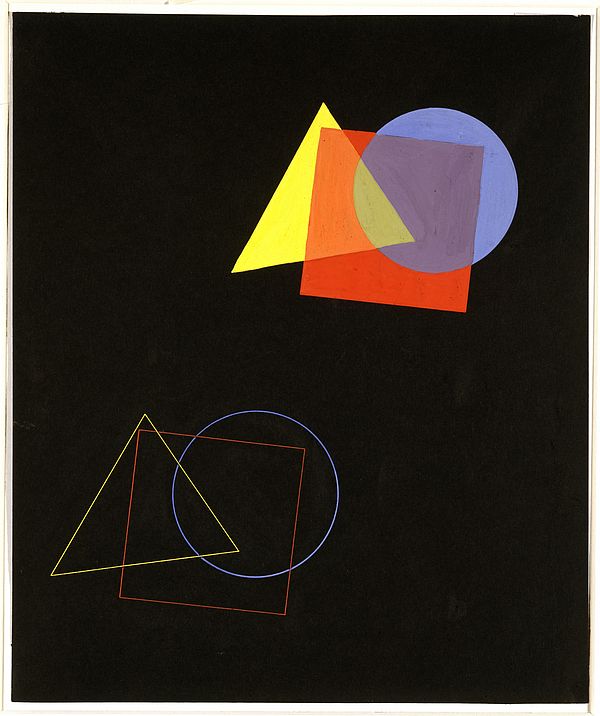
Headline
In his class on analytical drawing, Kandinsky called for the rational interaction of the artistic principles of design. His method of teaching art centred on the sensitisation of perception and the constructive organisation of the picture. He formulated this in 1928 in the Bauhaus magazine as ‘teaching the clear observation and clear reproduction of relationships’.
Under the directorship of Hannes Meyer, Kandinsky also taught the theoretical course on creative design for the higher semesters. This involved examining the relationships between art, architecture and technology. Because he had such an extraordinary reputation as an artist and theoretician, many renowned artists such as Max Bill attended Kandinsky’s free painting classes at the Bauhaus Dessau that the artist had established with Paul Klee in 1927.
